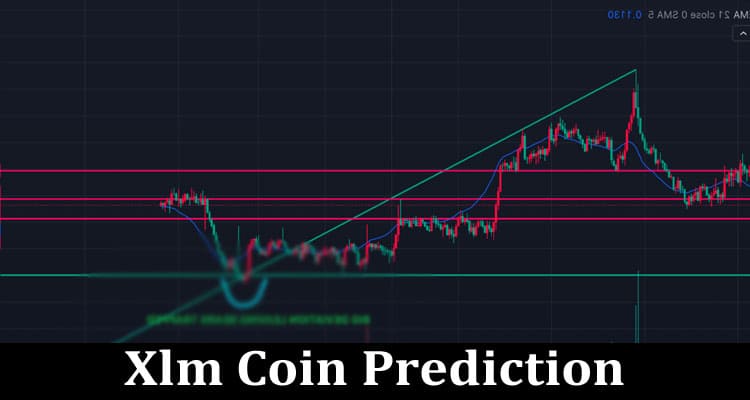Volatility Estimation for Bitcoin: The Bitcoin market is a highly volatile one. It is possible to estimate the volatility of this market using different models and techniques. We apply various methods for estimating volatility and robustness tests to ensure that these estimates are reliable and accurate. Read more about interesting crypto news on this website.
Volatility Estimation for Bitcoin (BTC)
Volatility is the change in price over time for a given asset. For example, let’s say you purchase one Bitcoin today for $1,000 and sell it tomorrow for $500. This means that the volatility of your investment was 50%.
You may think this is bad because it means you lost half of your invested capital, but this isn’t necessarily true if you had a time horizon longer than one day. If we assume no growth in value (i.e., your Bitcoin continues to be worth only $500), then we could just as easily say that your investment had zero volatility since there was no change in price over time.
Volatility matters because it can affect returns on investments like stocks or bonds when they react to changes in market conditions such as interest rates or inflation rates.
Data and Data Processing
The daily return series are in log form and cover the period from 2013 to 2018, with the start of the Bitcoin market included.
Estimation Results for Bitcoin (BTC) Volatility
The results of estimation, where they report the estimates and their asymptotic variances along with a confidence interval (95%). The standard deviations of all three estimators are comparable to those reported in previous work. They use an out-of-sample test to evaluate the robustness of these estimators.
They compare the true volatility to its estimated value on a subsample held out from training. This out-of-sample test should yield a low error rate if their model performs well. There are two measures, the mean squared difference between true and estimated volatility and the standard deviation of squared differences between them over our five models. DMAR has lower errors than other models across all data sets except for ETH/BTC trading pairs.
The basic findings suggest that it is possible to estimate Bitcoin’s volatility using daily returns from any cryptocurrency exchange using different types of algorithms such as ensemble machine learning models while also obtaining reasonable variances at least close enough so they do not have a significant impact on trading decisions regarding Bitcoin price movements.But they still need further refinement before they become useful tools within institutional contexts.
Model Comparison, Holdout Forecasting, and Robustness Tests
This section presents the results of model comparison, holdout forecasting, and robustness tests. For each time-series dataset, they fitted the ARIMA (1,0,1) model to each cryptocurrency’s price history. The performance of these models was assessed using the AIC (Akaike Information Criterion), BIC (Bayesian Information Criterion), and KF-BIC criteria on log-transformed returns data.
These criteria are typically used in financial economics to compare competing economic models or hypothesis tests. They also estimated mean square errors for every data point over time to evaluate model fit by comparing them directly with ROI predictions as described below in Holdout Forecasting.
The model comparison showed no significant differences between Bitcoin forecasts and those obtained from either ARIMA(1,0,1) or random walk modelling methods. This suggests that any bias introduced by our use of lagged explanatory variables is not significant enough to alter our conclusions regarding Bitcoin price movements over periods longer than one week. But it suggests that it should conduct further research into other types of nonlinear relationships before making investment decisions based solely on short-term forecasts from this analysis (i.e., 1–6 months).
They have replicated the original paper and looked deeper at its results. The results show that the volatility estimate from the original paper is still valid if one corrects some assumptions about Bitcoin price movements. The estimates are most sensitive to movements in transaction fees and exchange rates.
Final Words
They have shown that using Bitcoin as a trading instrument is still in its early stages. The technology that enables it could also be applied to other asset classes, such as stocks and commodities, and provide valuable information about their volatility. If you are a trader, the best way to trade in cryptocurrencies is bitcoin trading software. This would enable traders to better manage risk and help regulators assess systemic risk across these markets.






